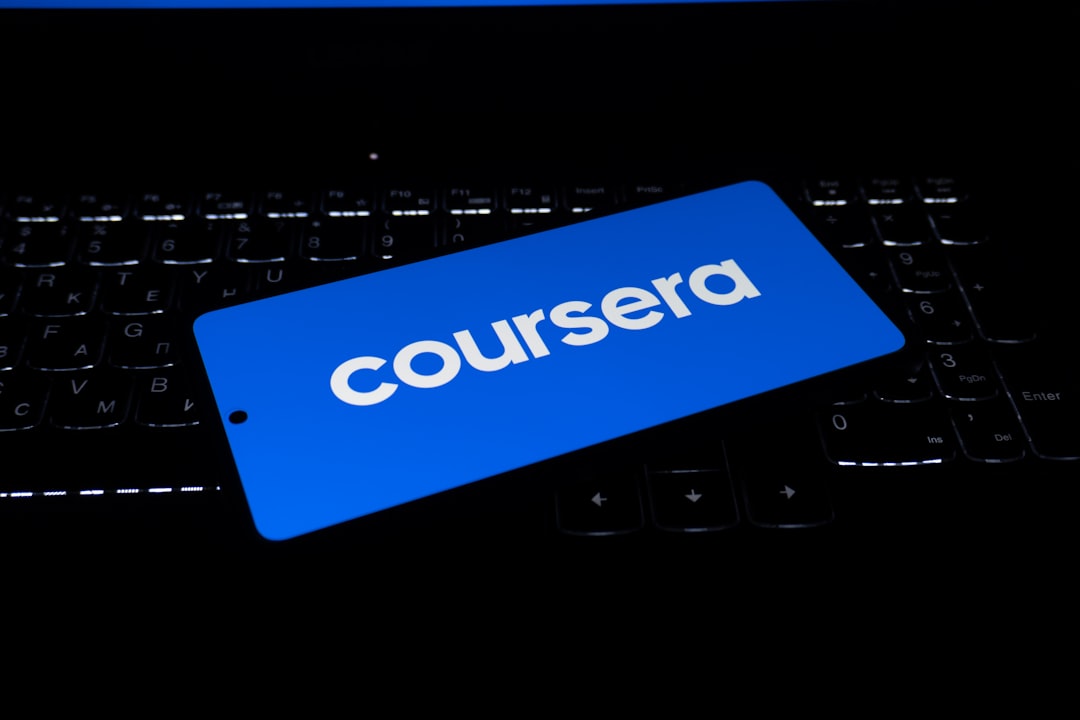In today’s interconnected world, video content is more powerful than ever. From educational platforms to corporate training modules, from social media reels to documentaries, video helps convey complex ideas faster and more effectively. But when this content crosses international borders, language differences can prevent it from reaching a broader audience. This is where an online video translator plays a transformative role, breaking down linguistic barriers and enabling global communication almost instantly.
Online video translation tools are technological innovations that can translate spoken words, generate subtitles, and even dub foreign languages into the native tongue of the viewers. These tools not only bridge communication gaps but also democratize access to knowledge, entertainment, and business opportunities.
The Power of Video Translation
Traditional translation methods, such as hiring professional translators or using manual subtitle services, are time-consuming and expensive. Online video translators employ advanced technologies like artificial intelligence (AI), natural language processing, and speech recognition to automate and dramatically speed up the translation process.

For businesses, this can mean reaching new demographics without investing heavily in localization teams. For educators and content creators, it extends the reach of valuable information to non-native speakers quickly and efficiently. These tools usually support a wide range of languages and offer customization to ensure the tone, context, and purpose of the video are preserved in the translation.
Instant Global Outreach
Imagine a teacher from France who wants to share a lesson with students in Brazil, or a marketer in Japan targeting viewers in the United States. In the past, this would have required time-intensive coordination and potentially significant translation fees. Now, using an online video translator, this process becomes nearly instant.
These platforms typically allow users to upload videos, select a source and target language, and then generate either subtitled or dubbed versions in real time or within minutes. This removes the necessity of hiring bilingual speakers or reading lengthy transcripts and enables faster content deployment.

Moreover, modern tools are capable of identifying multiple speakers, handling various dialects, and maintaining a high degree of accuracy thanks to machine learning algorithms that improve with frequent use. The result is a seamless and engaging viewer experience, regardless of the original language of the content.
Key Benefits of Using an Online Video Translator
- Faster turnaround: Most translations happen in real-time or in a few minutes, compared to traditional methods that can take days.
- Cost-effective: These tools eliminate the need for costly human translators while maintaining acceptable accuracy levels.
- Scalability: Businesses and educators can translate hundreds of videos quickly, allowing for mass distribution across multiple regions.
- Improved accessibility: Adding translated subtitles not only helps non-native speakers but also people with hearing disabilities.
- Consistent quality: AI models provide consistent translations without fatigue or human errors.
Challenges and Considerations
While the advantages are significant, it’s also important to acknowledge the limitations. Machine translations are not always perfect, especially with idioms, cultural nuances, or highly technical jargon. Therefore, critical content might still benefit from a human review process. Additionally, privacy concerns can arise when uploading sensitive footage to third-party platforms.
Nonetheless, for the majority of everyday use cases, these tools offer an unprecedented capability to connect audiences worldwide with speed and efficiency.
Conclusion
As video continues to dominate media consumption on the internet, the need for inclusive and multilingual content becomes essential. An online video translator serves as a vital tool in tearing down the language walls that often separate ideas, cultures, and communities. Whether in business, education, or entertainment, these platforms ensure that language is no longer a barrier but a gateway to global understanding.
Frequently Asked Questions (FAQ)
- Q: How accurate is an online video translator?
A: Most modern tools offer high accuracy, particularly for widely spoken languages. However, unusual dialects or idiomatic phrases may still require manual checks for precision. - Q: Can I use these tools for real-time translation during video meetings?
A: Some platforms offer real-time translation and transcription for live meetings, although pre-recorded videos generally yield better accuracy. - Q: Are there free online video translation tools?
A: Yes, several platforms offer free versions with basic features. Premium options typically include more languages, dubbing, and advanced customization options. - Q: Is my video data safe during translation?
A: Reputable platforms implement robust encryption and privacy measures, but it’s always advisable to read the service’s data policy before uploading sensitive materials. - Q: What formats are supported for upload?
A: Most platforms support common video formats like MP4, AVI, and MOV.
 logo
logo



